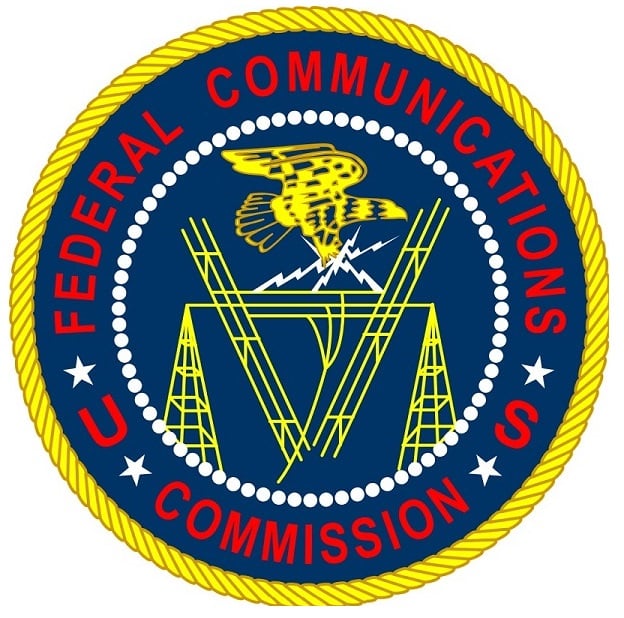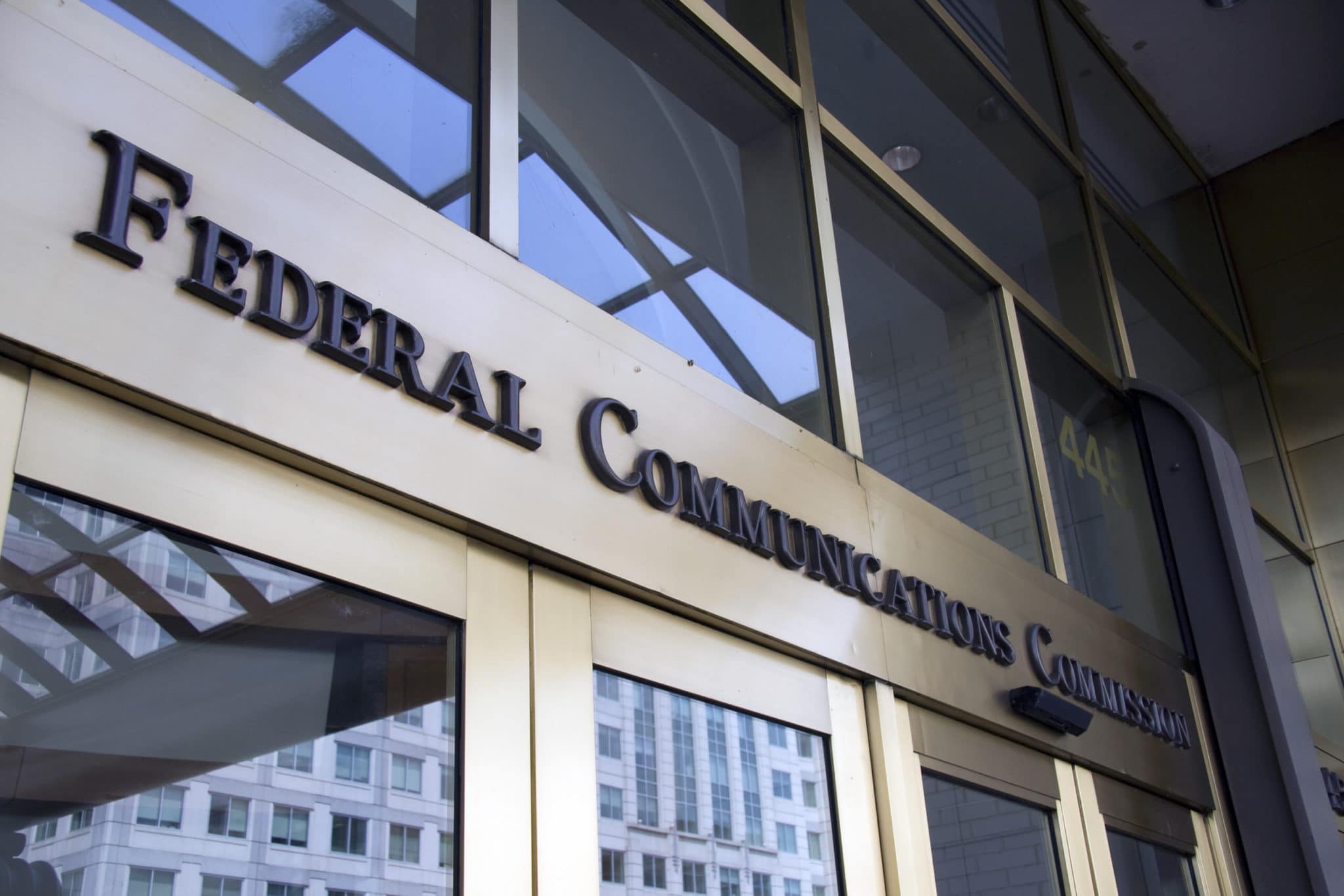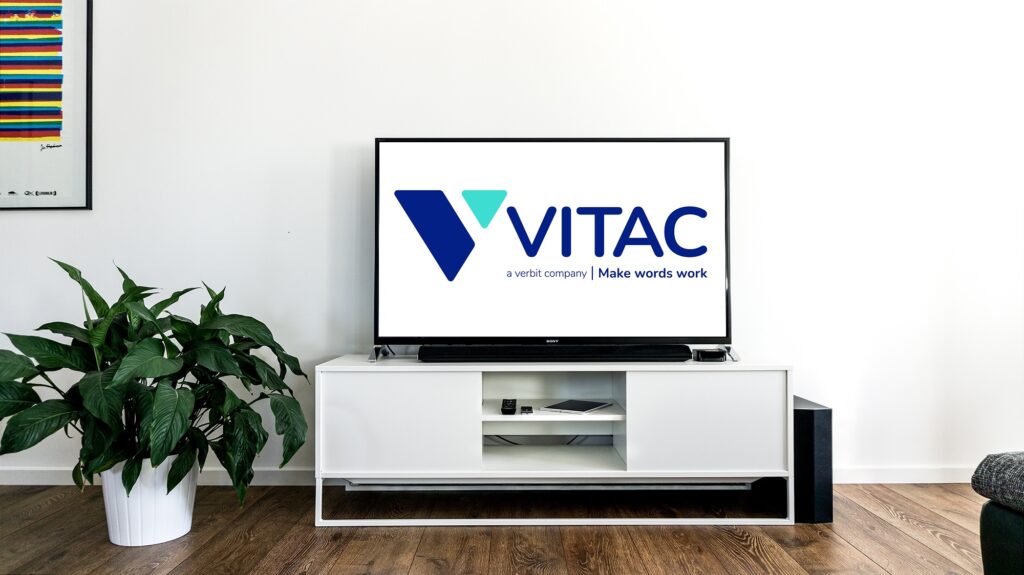A petition filed this week with the Federal Communications Commission (FCC) asks the commission to begin developing objective, technology-neutral metrics for automatic speech recognition (ASR) software and caption quality.
Filed on behalf of nearly a dozen deaf and hard-of-hearing consumer groups, the petition asks the FCC to look into developing objective, technology- and methodology-neutral metrics for live captioning quality and issue a declaratory ruling on the use of ASR technologies.
ASR and ‘Best Practices’
Specifically, the petition asks that the FCC issue a ruling explaining how the commission’s “best practices” for video programmers, caption vendors, and captioners apply to ASR.
 The FCC’s “best practices” set forth quality standards for closed captions, and require that captions be accurate, properly placed, complete, and in synch with their corresponding spoken words and sounds to the greatest extents possible. It also requires, among other items, that caption vendors screen, train, and evaluate captioners; monitor captions and immediately alert video programmers if technical issues arise; and provide reliable technical infrastructure and support to video programmers and captioners at all times.
The FCC’s “best practices” set forth quality standards for closed captions, and require that captions be accurate, properly placed, complete, and in synch with their corresponding spoken words and sounds to the greatest extents possible. It also requires, among other items, that caption vendors screen, train, and evaluate captioners; monitor captions and immediately alert video programmers if technical issues arise; and provide reliable technical infrastructure and support to video programmers and captioners at all times.
The petition raises the question on whether certain “human-centric” elements of the FCC’s best practice requirements (such as captioner self-evaluations or troubleshooting skills) can be applied to ASR, or whether applying best practices to ASR would represent such a significant departure that FCC rule changes would be necessary.
If the FCC cannot quickly resolve the applicability of realtime captioning best practices to ASR via ruling or rule change, the petition requests that the commission determine that video programmers using ASR cannot comply with current best practices.
Further, the petition asks that the FCC clarify that compliance with current rules would require programmers to either stop using ASR and employ captions consistent with best practices or certify, in detail, that their use of ASR meets current quality standards.
Equal Access
“While the commission has acknowledged the critical importance of accurate, synchronous, complete, and well-placed captions to ensure equal access to news, weather, sports, and other live programming, its focus on ‘best practices’ for captioning methodology has failed to yield consistent results,” the petition states.
“As new captioning technologies and methodologies, including automatic speech recognition, enter the captioning marketplace, many consumers have continued to experience poor-quality captions on live programming, which in some cases have become even worse over the past several years.
“While developing these metrics remains a difficult task, a ‘best practices’ approach tailored to traditional methods of human and ENT (Electronic Newsroom Technique) captioning is not a workable approach for the diverse, modern landscape of live captioning methodologies and technologies that increasingly incorporate automation and other approaches with widely varying results.”
The petition also asks the FCC to look into the closed captioning techniques for live television programming, and how the varying dimensions of caption quality, including accuracy, synchronicity, completeness, and placement, affect the accessibility of video programming.
It also requests that the FCC develop rules requiring live television programming to be captioned at a level that meets or exceeds technology-neutral metrics, guaranteeing that programming is accessible by those in the deaf and hard-of-hearing community.
The petition (and its appendix) was filed by Telecommunications for the Deaf and Hard of Hearing, Inc.; National Association of the Deaf; Hearing Loss Association of America; Association of Late-Deafened Adults; Cerebral Palsy and Deaf Organization; Deaf Seniors of America; Deaf/Hard of Hearing Technology Rehabilitation; Engineering Research Center; Twenty-First Century Captioning Disability and Rehabilitation Research Project; Rehabilitation Engineering Research Center on Universal Interface & Information Technology Access; and the National Technical Institute for the Deaf.
For more than 30 years, VITAC has worked with caption viewers and consumer groups, and we are proud of our strong, longstanding advocate relationships, including those with Telecommunications for the Deaf and Hard of Hearing, the National Association of the Deaf, and Hearing Loss Association of America, among others.
We strongly believe in “Accessibility for Life” and support continued efforts to provide only the highest quality captions and accessible solutions for the tens of millions of Americans who rely on captions every day.




